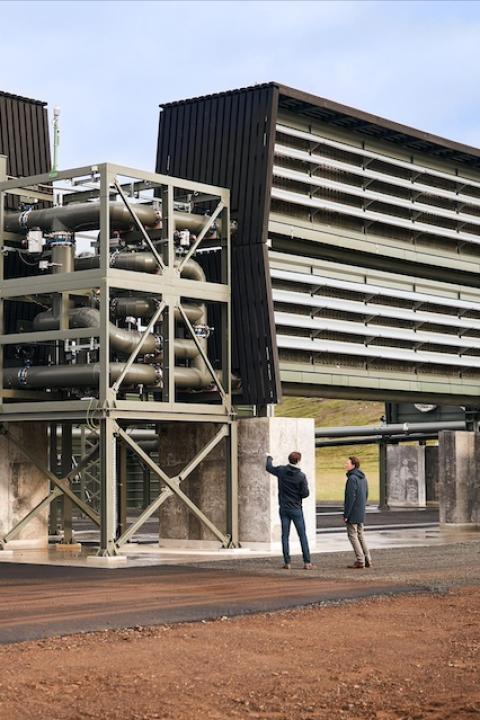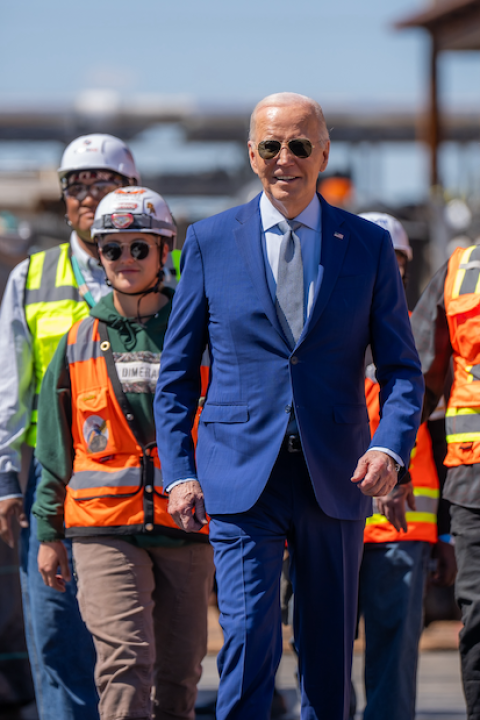
(Image credit: Pixabay)
As we celebrate Valentine’s Day, a day that has become associated with chocolate almost as much as romance, we must acknowledge some grim truths about where cocoa comes from and how it’s produced. This isn’t a guilt trip for consumers or a sermon against corporate greed. Rather, it’s a call to companies to ensure a future where cocoa production thrives through concerted investments in the people and places that sustain it.
The cocoa industry generates roughly $200 billion in annual profits, yet the farmers who produce it — most of whom have never tasted chocolate — often make less than a dollar a day from growing and selling cocoa. This has several ripple effects. Impoverished farmers increasingly rely on older plantings with declining productivity. They cannot afford to replant trees, address diseases or buy fertilizer to replace nutrients in the soil. They pay labor less and this often means child and/or illegal labor. And because it’s often cheaper to expand production into virgin forests than to replant crops on degraded land, cocoa is a leading driver of deforestation, accelerating climate change and leading to rising temperatures and further declines in crop yields.
This vicious cycle of environmental degradation, poverty and human rights abuses is precisely what’s happening in West Africa, where 75 percent of the world’s cocoa for chocolate is currently grown. But if we get cocoa right, it could become a model for the more sustainable and resilient production of other tree crops that also generate high rates of deforestation, such as palm oil and coffee.
Many experts have pointed to the challenge of the cocoa industry’s distinct hourglass structure — with a few million small-scale farmers at the top and hundreds of millions of consumers at the bottom connected in the middle by a bottleneck dominated by less than a dozen companies. But herein lies my reason for optimism: Those few companies in the middle wield outsized influence over the industry. If they can come together around common-sense solutions that benefit everyone, they can drive the lasting, large-scale change we need.
Long-term contracts (LTCs) are a key ingredient. Many large-scale buyers prefer spot-market purchases from intermediaries or producers because they feel it helps them obtain the best price on the day of the purchase. But this strategy doesn’t help producers become more sustainable, bolster their resilience to climate change or protect supply chains from future shocks.
LTCs, on the other hand, benefit buyers and producers by lowering transactional costs and improving profitability by acting as an asset for producers. They can use LTCs to borrow money that they need to invest in replanting trees, rehabilitating degraded land, adopting more sustainable practices, using proven inputs to increase production and ensuring the economic future of their households. For companies, these contracts ensure future access to supply, quality and traceability without covering upfront costs.
Notably, the newest generation of LTCs is often designed to acknowledge the importance of partnering between buyers and sellers rather than just “buy low, sell high” relationships. In exchange for creating this asset for producers, downstream buyers can ensure more stable supplies. But in these partnerships, buyers are increasingly beginning to set price floors to pay premiums for improving both social and environmental performance. Such as ensuring that products are deforestation-free, involve zero child labor, contribute to rehabilitation of degraded land and more. These LTCs recognize the interdependence of producers and buyers by creating a new asset for producers and placing more conditions on both producers and buyers. This creates long-term commitments, transparency and more certainty in the face of climate change.
The pivotal companies in the chocolate bottleneck must find new ways to collaborate. They all share similar risks. The reputation of a sector is only as good as its worst performer.
Similarly, the least efficient producers have the biggest negative impacts and shape the reputation of the industry. Producers need platforms to share information about the impacts of climate change and increasing temperatures on production, and which investments and practices best address them.
Companies must move beyond sharing information about cocoa’s impacts and their individual commitments to invest in fixing them. They need to share information about what works and what doesn’t so that everyone can improve more quickly. This will help companies diversify strategies, drive innovation and ultimately make cocoa production more resilient.
Businesses can’t do it alone, but they must do more and increasingly recognize that the viability of the chocolate sector is linked to their collective actions. They need governments to create enabling conditions for industry-wide change. This is true in producing countries as well as in consuming ones. In the United States, companies should urge Congress to pass the recently introduced FOREST Act, which would require companies to ensure their supply chains do not contribute to illegal deforestation. In the European Union, a similar regulation was enacted that complements industry efforts to foster a more sustainable future. Hopefully, other nations will follow suit.
When Forrest Gump famously said, "Life is like a box of chocolates. You never know what you're going to get," he was commenting on the positive side of life’s uncertainties. But when it comes to cocoa production for chocolate, uncertainty about the future — be it driven by climate change or shortsighted business practices — is a major impediment to healthy communities, healthy forests and healthy bottom lines. It’s time to look beyond the next harvest, see past business rivalries, and fix our collective gaze on a more sustainable and delectable future.
Homepage image: Jessica Loaiza/Unsplash

Jason Clay is Senior Vice President of Markets and Executive Director of the Markets Institute at World Wildlife Fund, working to increase the speed and scale of solutions to ensure the sustainability of our future food systems.














